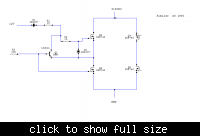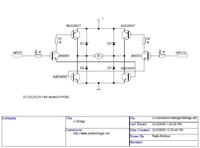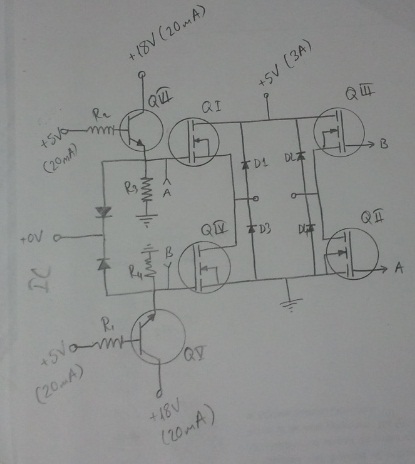Mithun_K_Das
Advanced Member level 3

- Joined
- Apr 24, 2010
- Messages
- 899
- Helped
- 24
- Reputation
- 48
- Reaction score
- 26
- Trophy points
- 1,318
- Location
- Dhaka, Bangladesh, Bangladesh
- Activity points
- 8,254
I'm using H-bridge with IRF740 (MOSFET) to convert 315VDC to 230VAC. But the upper mosfets are frequently get damage within few seconds. I can't find what is the problem. Help me...




